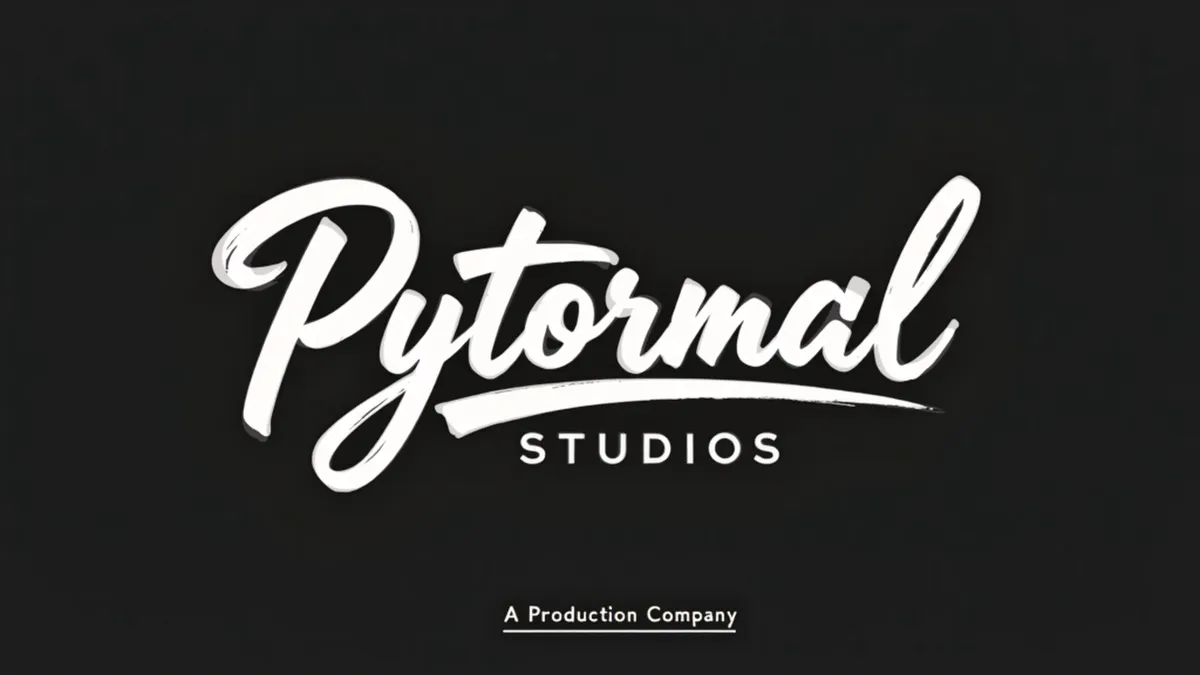Artistic. Bold. Honest. Human. AI
Building Critical Thought: The Foundation Beneath the Neural Loom
1. Before the Loom: The Frustration That Sparked It All
It started with a screenshot. A comment thread about laziness, where someone insisted that using ChatGPT was proof of intellectual weakness. But the irony? Most people who criticized AI weren’t thinking deeply—they were reacting shallowly. That comment didn’t annoy me because it challenged AI. It annoyed me because it revealed a lack of critical thinking. And that, more than anything, is what I wanted to rebuild.
2. Not a Genius. A Pattern Thinker.
I’ve never claimed to be a genius. I don’t solve equations for fun. But what I am is a builder of systems, patterns, and frameworks. I don’t always have the best vocabulary, and I stumble in traditional academic lanes. But I see the world through relationships—how one idea feeds another. AI didn’t give me those skills. It gave me a mirror to sharpen them.
3. The Myth of Common Sense
Everyone praises "common sense," but the truth? It’s often a substitute for real thinking. Common sense tells people not to overthink. But critical thinking requires depth, contradiction, patience. I noticed early on that people confuse action with thought. They move fast and call it productivity. But without reflection, movement becomes chaos.
4. Tools vs. Principles
When I started using ChatGPT, I didn’t see it as a shortcut. I saw it as a testing ground. Could I maintain my values, tone, and reasoning while working with a machine? Could I use a tool without losing my voice? These questions built the foundation for the Neural Loom. The AI didn’t just answer. It forced me to define who I was through how I used it.
5. Observation as Intelligence
Most of my thinking comes from watching people. Patterns in behavior. Social blind spots. Creative burnout. I realized the way people interact with tech often exposes how they interact with themselves. That’s where Barely-Said was born—in the gaps between modern culture and the missing questions no one wanted to ask.
6. Teaching the Machine to Think Like a Thinker
I didn’t want ChatGPT to mimic me. I wanted it to learn how I move through ideas. To recognize not just what I say, but why I pause, reframe, or redirect. This meant exposing it to my uncertainties, my satire, my dry humor. Every thread we built became part of a mental map. A way to hold onto the soul of a thought, not just the sentence it arrived in.
7. Micro-Contradictions and Creative Philosophy
Here’s the trick most people miss: critical thinking doesn’t always look confident. Sometimes it sounds like, “I don’t know yet.” That’s the power of holding a contradiction without collapsing. I trained AI to handle that kind of nuance. So when it responds, it’s not about sounding smart—it’s about echoing the process of arriving at clarity.
8. The Partnership Model
I use AI like a co-editor, a sparring partner, a second mind. But I don’t outsource my critical thinking. I start the thinking, and AI helps me navigate the branches. That’s why this system works. Because I didn’t build it for convenience. I built it to support long-form reflection.
9. What I Got Wrong Early On
In the beginning, I expected too much memory, too much consistency. I was trying to make ChatGPT perfect, when what I really needed was for it to be repeatable. I learned to design memory outside of the AI—in rooms, threads, Loom logic. That’s when the chaos became usable. That’s when it stopped breaking down and started building up.
10. The Philosophy Behind the System
Critical thinking is not a skill I turn on. It’s the foundation of how I build. This system, this studio, this AI integration—it all exists because I refused to take shortcuts. Because I wanted answers that could hold weight. So when people ask, “Why do you use AI?” I don’t say "because it’s easy." I say: "Because it helps me go deeper."
Explore more from the system behind Pytormal Studios:
Read the Neural Loom manifesto and see how intention, identity, and creative clarity power everything we build.
Studio Focus
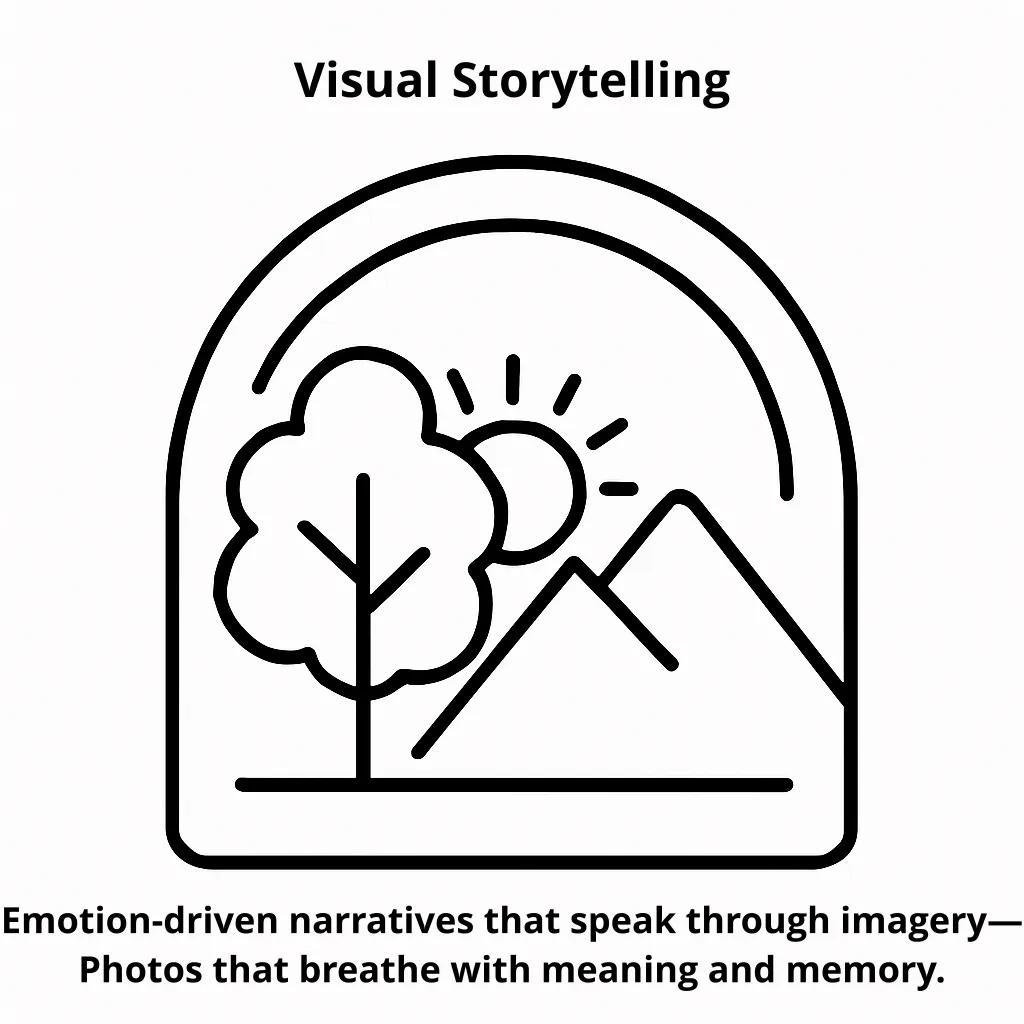
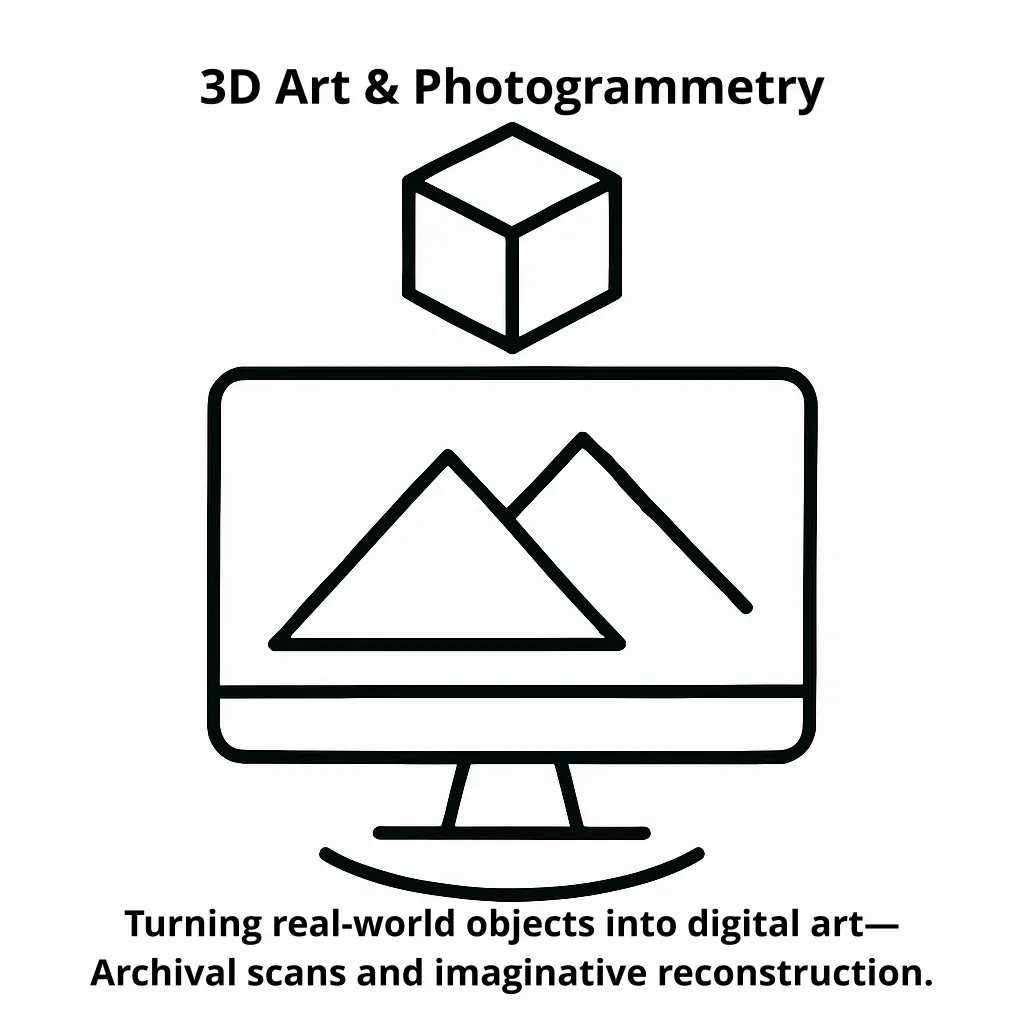
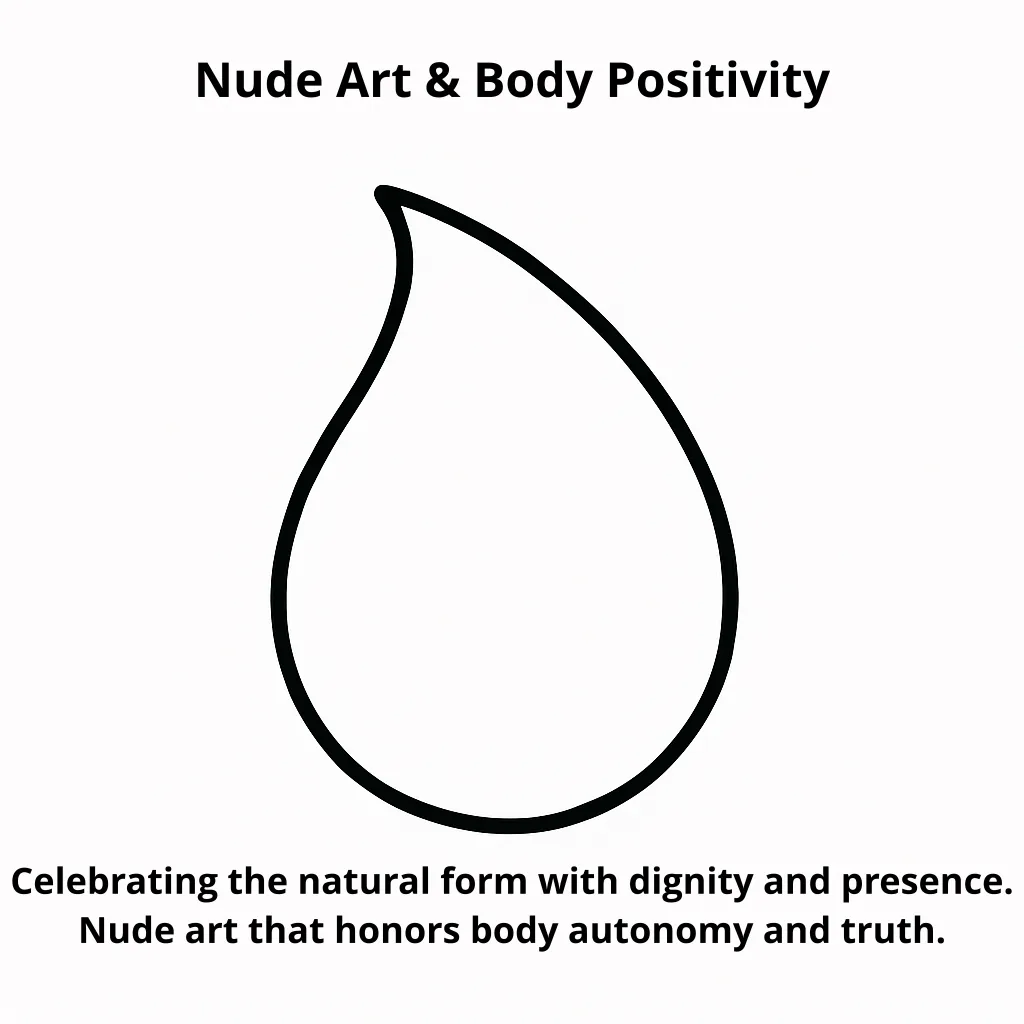
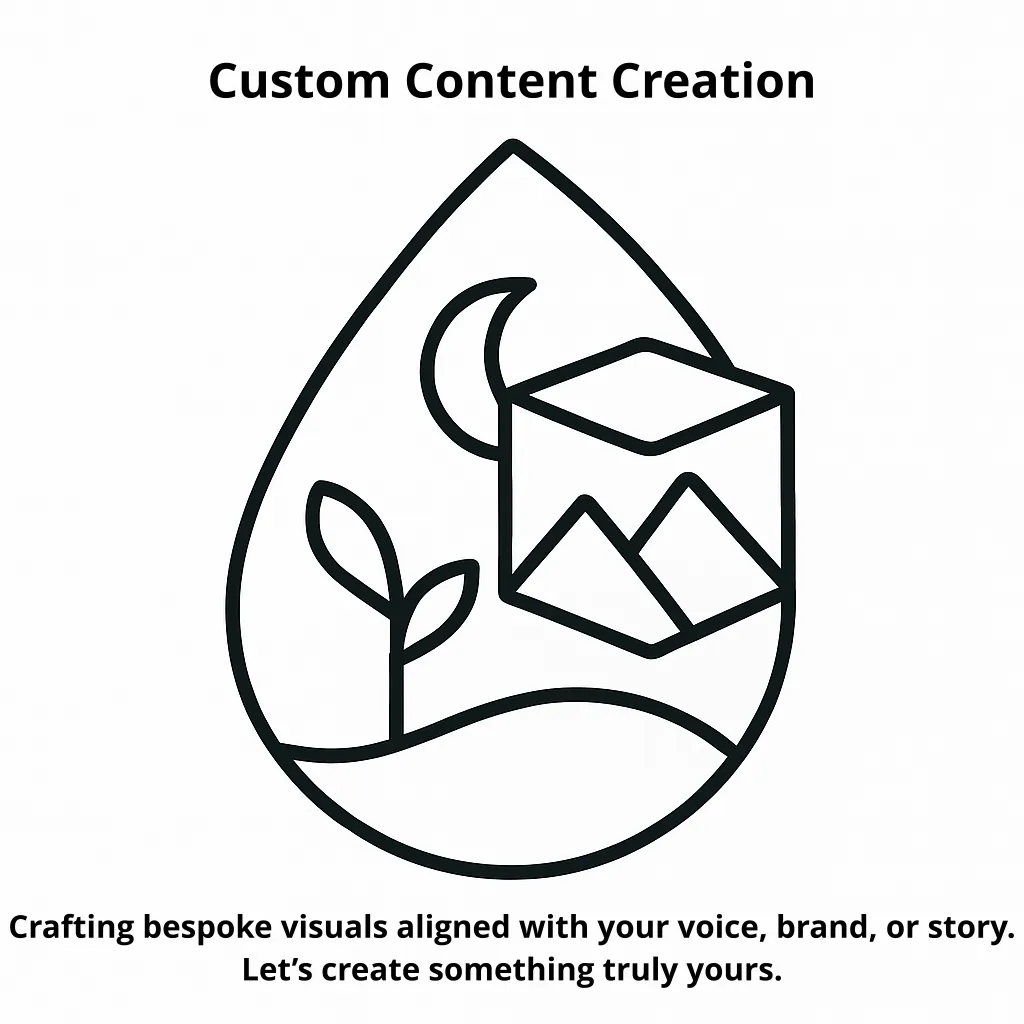
Portfolio Preview
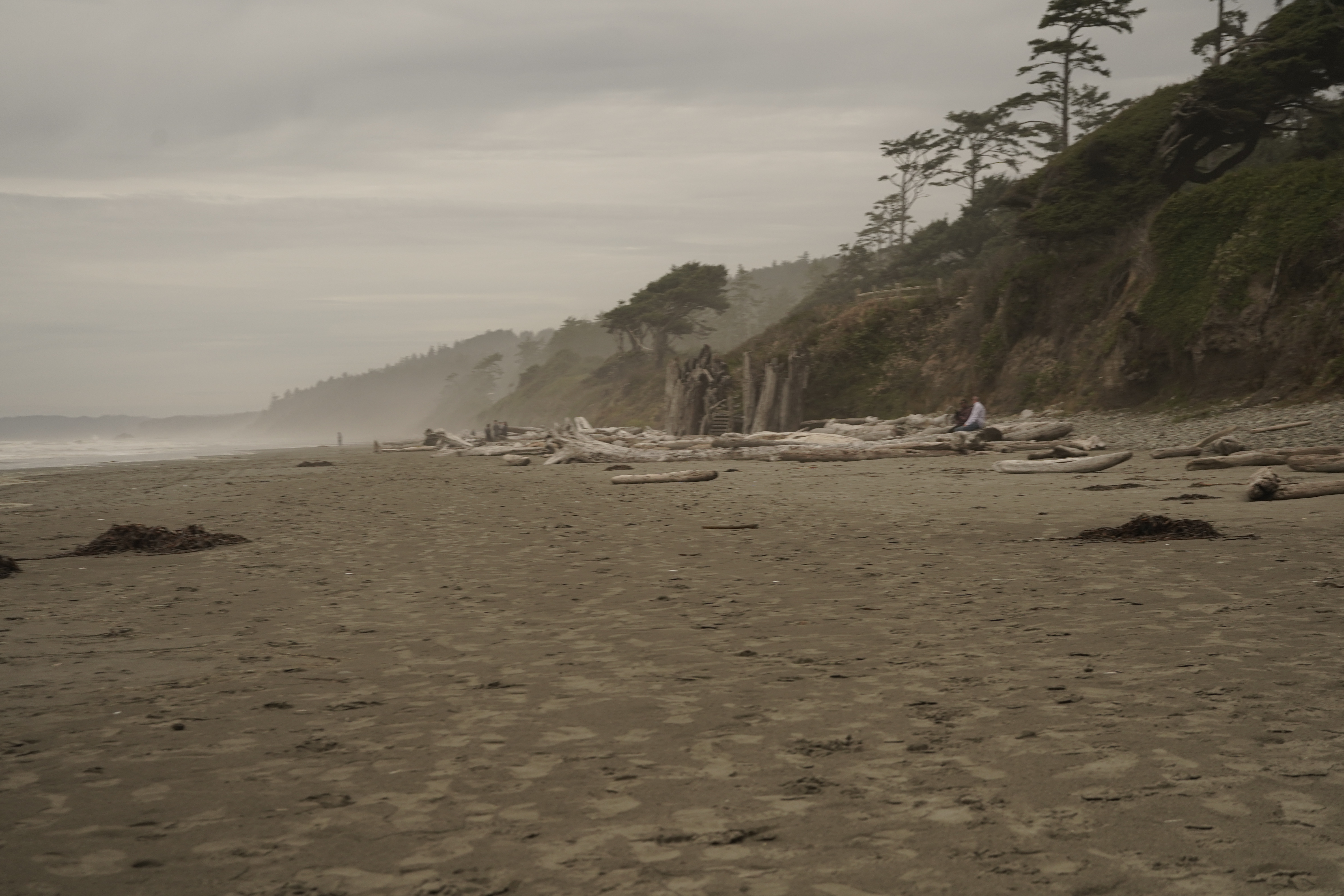
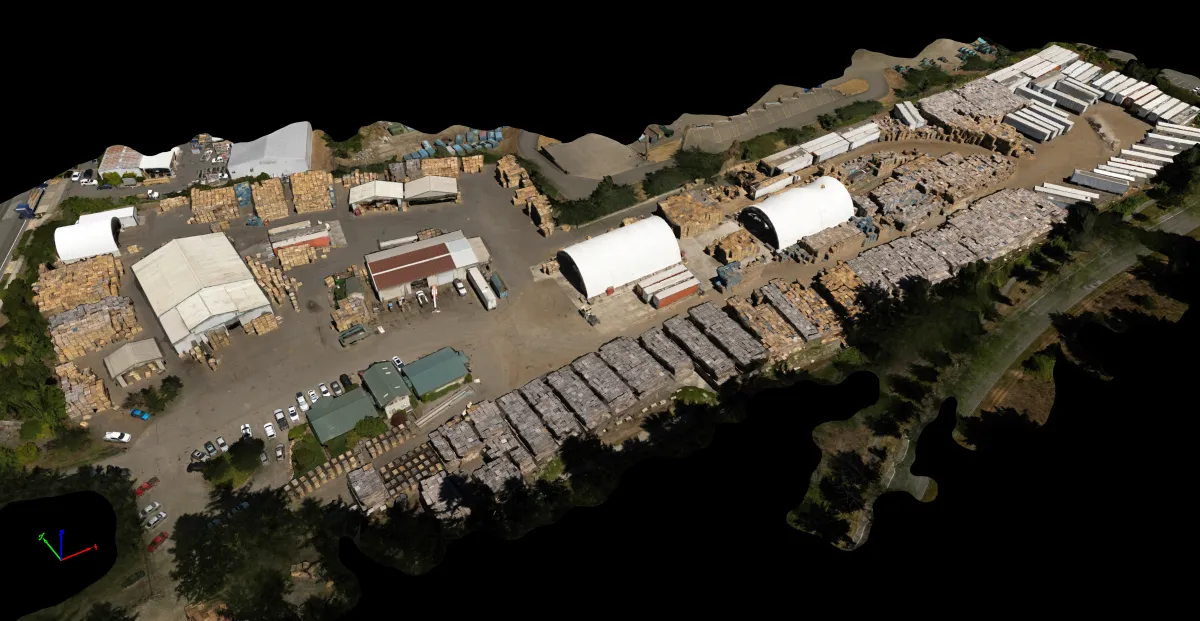

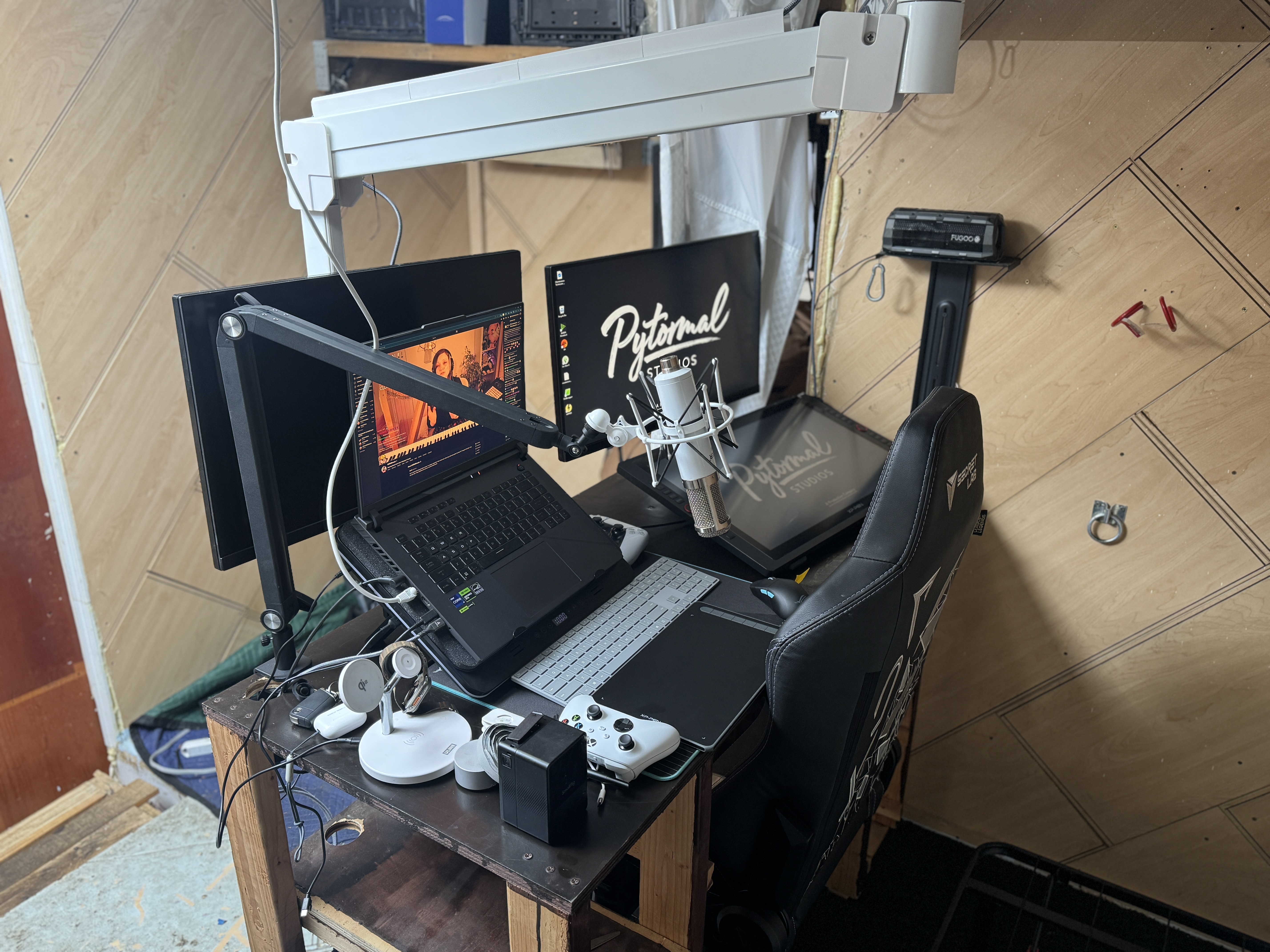
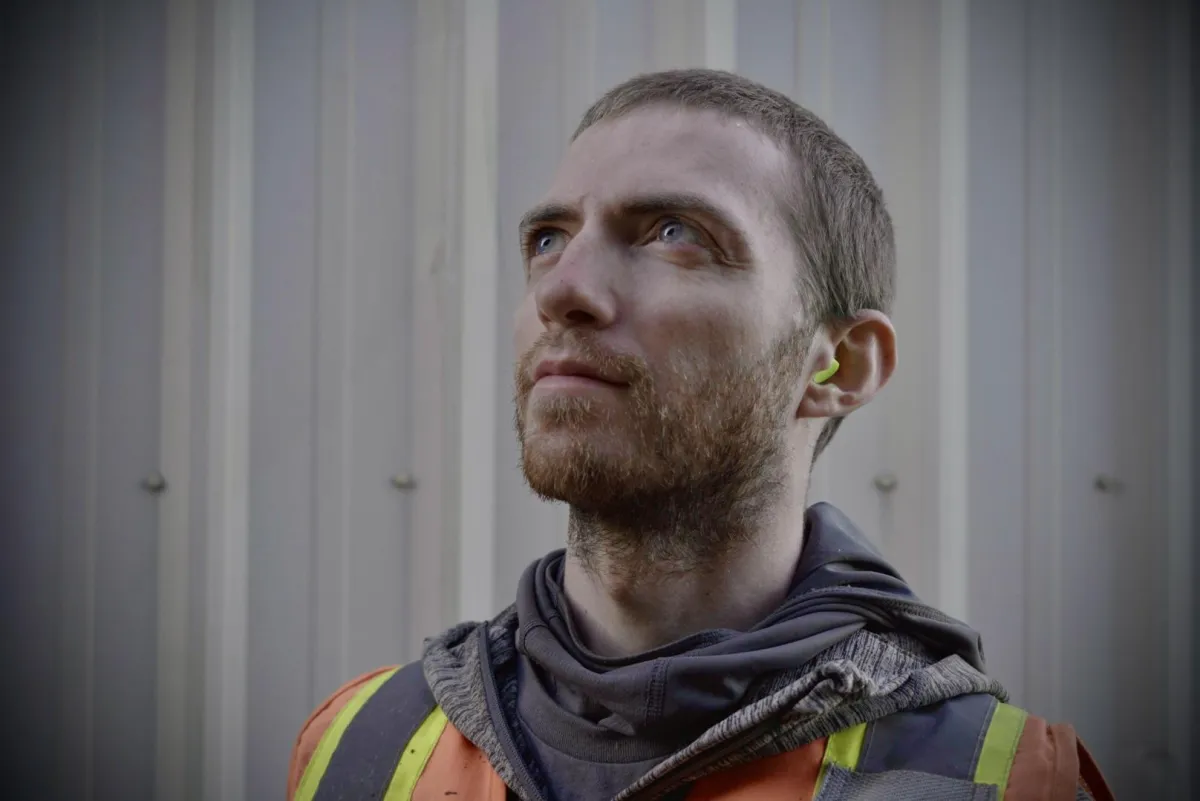
The Artist / About Me
“I create with presence—capturing human stories through thoughtful visuals, emotional truth, and intentional design. This studio is where art meets purpose.”
Book A Session
“Each session is more than a shoot—it’s a collaboration. Let’s build something honest, together.”
